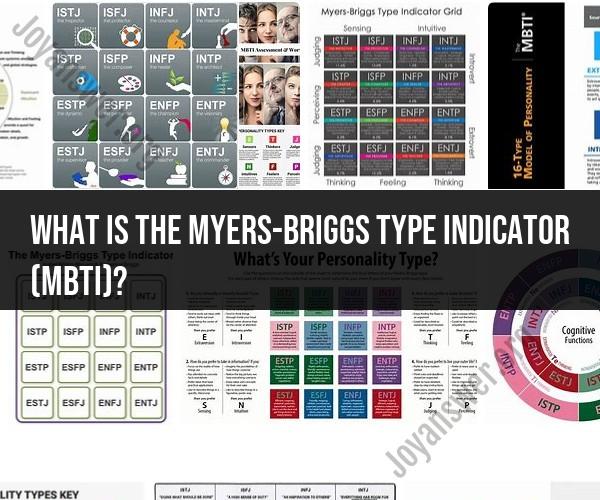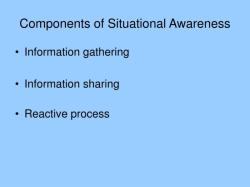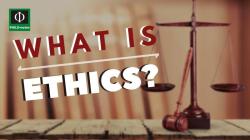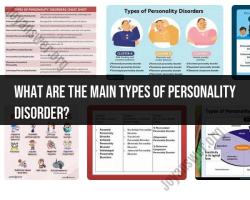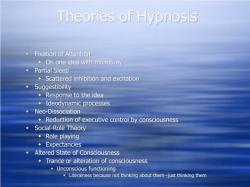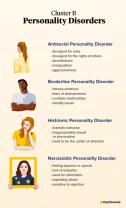What is the Myers-Briggs Type Indicator (MBTI)?
The Myers-Briggs Type Indicator (MBTI) is a widely used personality assessment tool based on Carl Jung's theory of psychological types. It was developed by Katharine Cook Briggs and her daughter Isabel Briggs Myers in the early to mid-20th century. The MBTI aims to provide insights into an individual's preferences, tendencies, and psychological traits. It categorizes people into one of 16 personality types based on four pairs of psychological preferences:
Extraversion (E) vs. Introversion (I):
- Extraversion: People who prefer extraversion tend to be outgoing, social, and energized by interacting with others. They enjoy external stimuli and often express their thoughts and feelings openly.
- Introversion: Introverts prefer solitude and introspection. They gain energy from spending time alone or in small groups and may require more time to process their thoughts before sharing them.
Sensing (S) vs. Intuition (N):
- Sensing: Sensing types focus on concrete facts, details, and the present moment. They rely on their senses and observations to make decisions and prefer practical, realistic approaches.
- Intuition: Intuitive types are more focused on patterns, possibilities, and future implications. They tend to be imaginative, innovative, and comfortable with abstract concepts.
Thinking (T) vs. Feeling (F):
- Thinking: Thinkers make decisions based on objective analysis, logic, and rationality. They prioritize fairness and may appear more detached when making choices.
- Feeling: Feelers make decisions based on values, emotions, and empathy. They consider the impact of their choices on people's feelings and often seek harmony.
Judging (J) vs. Perceiving (P):
- Judging: Judgers prefer structure, organization, and planning. They like to make decisions and stick to schedules, aiming for closure and completion.
- Perceiving: Perceivers are more adaptable, spontaneous, and open-ended in their approach. They prefer to keep options open and may find structure too confining.
The MBTI assessment consists of a series of questions that ask individuals to choose between two options in each of the four preference pairs. Based on their choices, individuals are assigned a four-letter personality type, such as "ISTJ" (Introverted-Sensing-Thinking-Judging) or "ENFP" (Extraverted-Intuitive-Feeling-Perceiving).
It's important to note that while the MBTI is popular and widely used, it has also received criticism and scrutiny from psychologists and researchers. Some criticisms include:
- Lack of Scientific Validity: Some researchers argue that the MBTI lacks empirical evidence and rigorous scientific testing to support its claims.
- Limited Reliability: The test-retest reliability of the MBTI—the consistency of results over time—has been questioned.
- Oversimplification: The MBTI's binary choices might oversimplify complex human behavior and personality traits.
- Failure to Capture Complexity: Human behavior is influenced by a range of factors beyond the four dichotomies presented by the MBTI.
Despite these criticisms, many individuals find value in the MBTI as a tool for self-awareness, team building, and personal development. It's important to approach the MBTI with a critical perspective and consider it as just one of many tools available for understanding personality.
